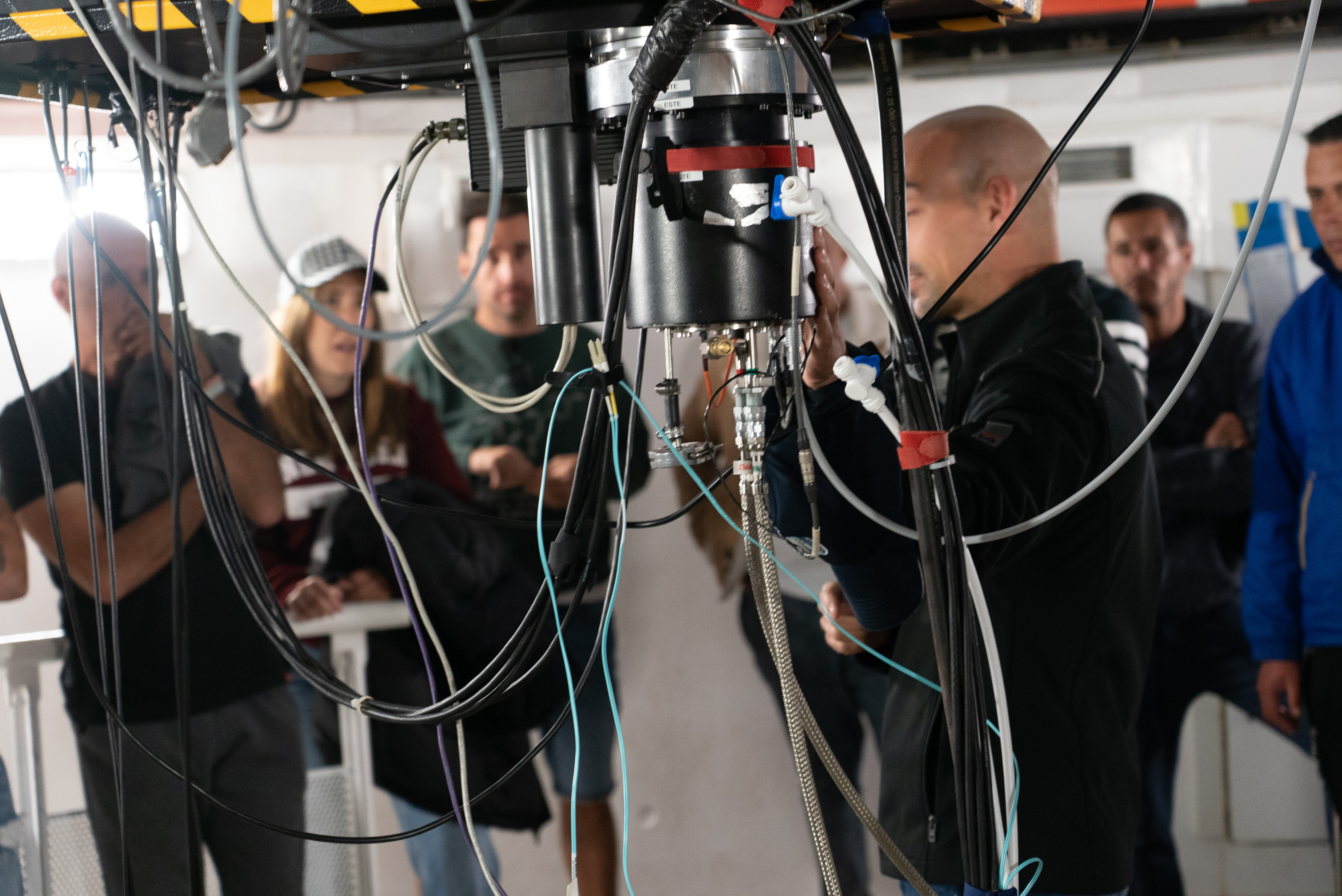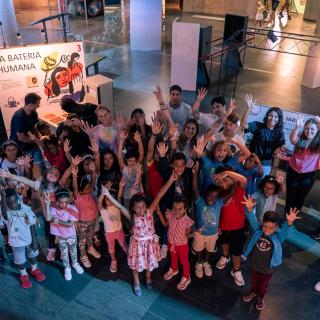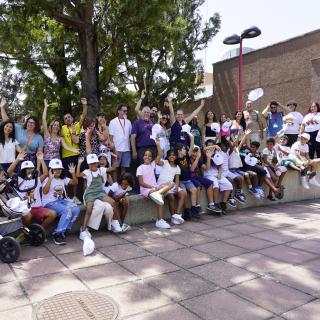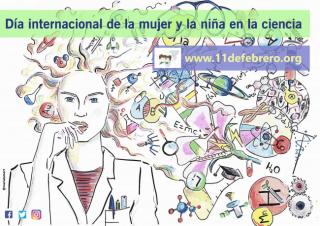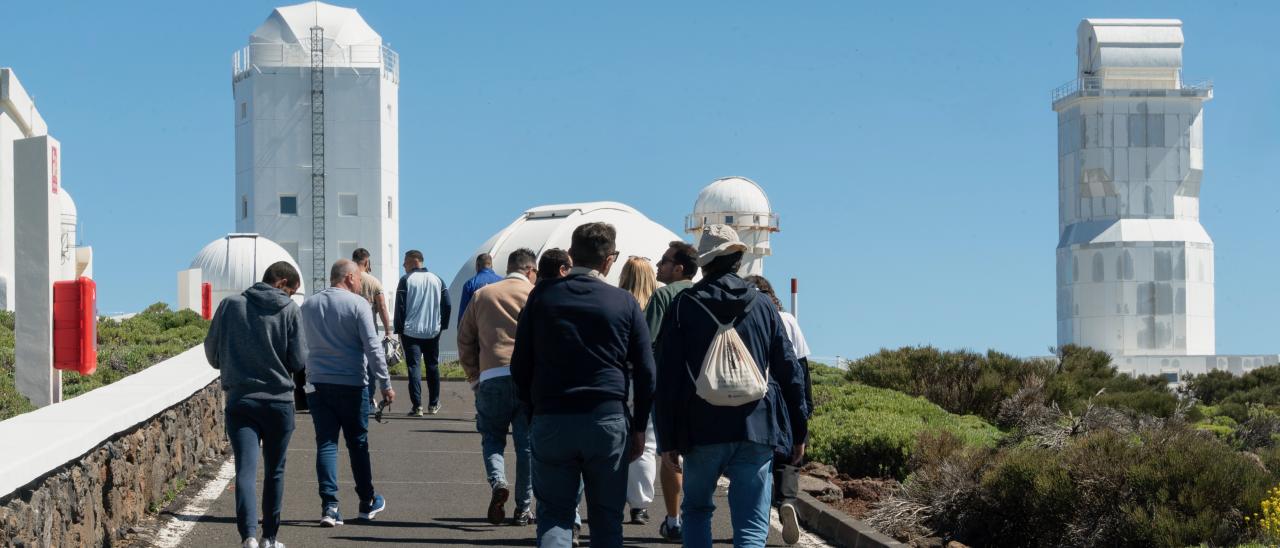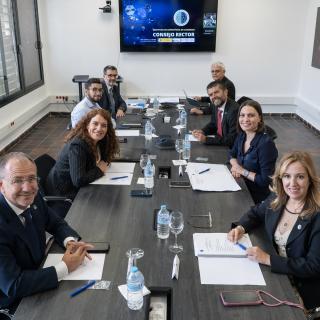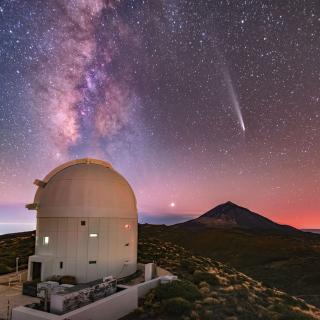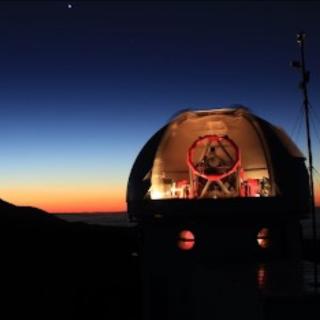The Instituto de Astrofísica de Canarias (IAC) has initiated a project of science outreach in the Tenerife-II prison in El Rosario, with the aim of bringing knowledge about the Universe to the prisoners, as well as to the educational and other working personnel at that centre. This initiative is taken in the framework of the commitment of the IAC to the popularization of science as a tool for inclusión and social transformation.
The project is led by the astrophysicist, and IAC researcher David Aguado and is a continuation of a first experiment in 2024 in the Madrid V prison at Soto del Real, in collaboration with the Subdirection of Treatments, and the Ministry of the Interior.
Three workshops to open a window on the Universe
In Tenerife II the project started on April 16th with the first session called “An exciting journey through space and time, astronomical research” which explained the essentials of astrophysics, and the methods which it uses to study the cosmos.
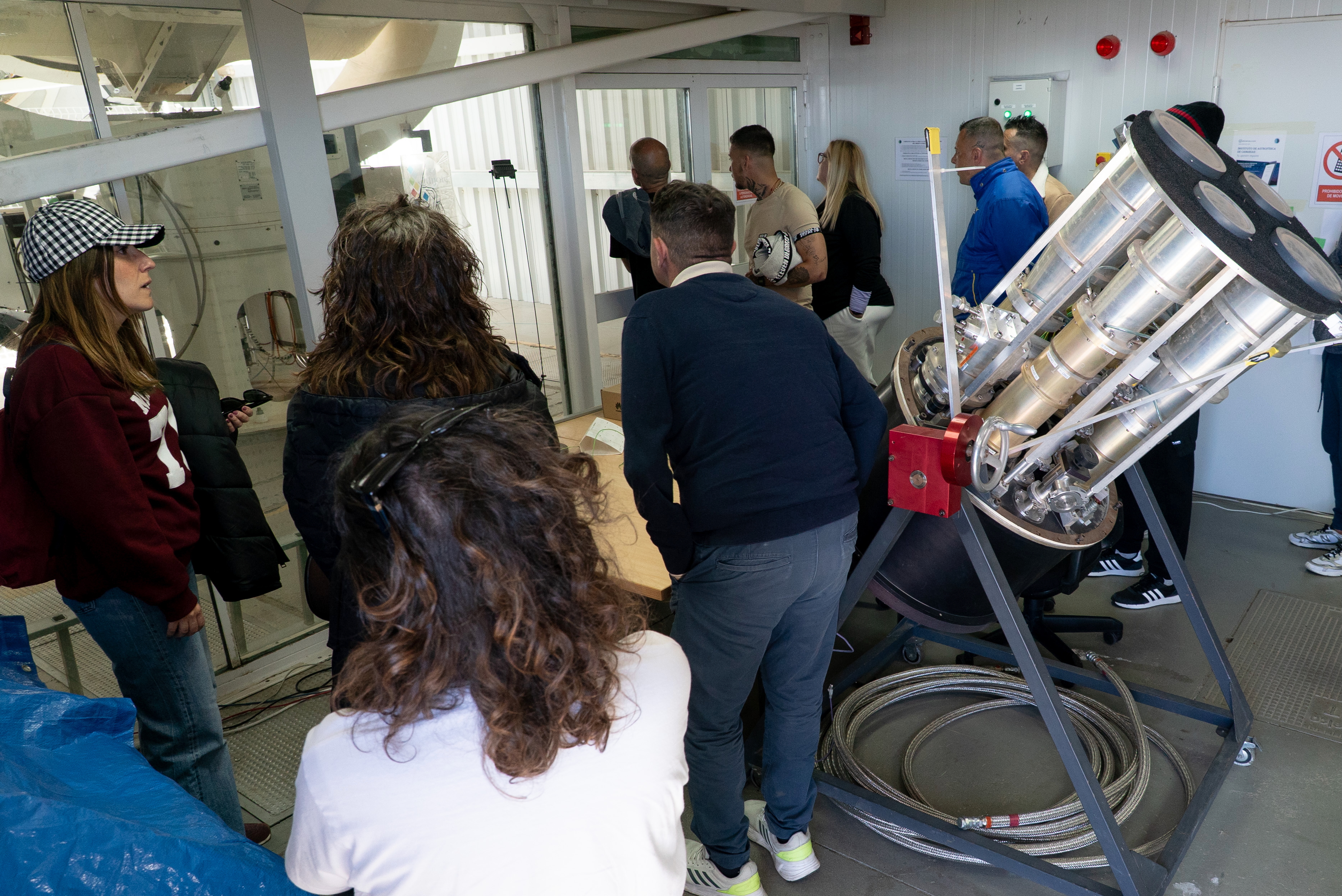
On May 7th the second session took place, with the title “An exciting journey through space and time: the space race”. In this talk those participating described the history of space exploration, from the first launches until the most recent missions. The event ended with a solar observation using a telescope, set up by Alfred Rosenberg, an outreach astrophysicist from the Unit of Communication and Science Culture (UC3) of the IAC, in which they could observe the Sun with safety, and learn to understand its most important characteristics.
Finally on May 16th the prisoners, both male and female, and of all ages, as well as personel from the prison made a visit to the Teide Observatory (Izaña) where they visited installations such as the Solar Laboratory, the Carlos Sanchez Telescope, the iAC-80 and the Quijote experiment. During the visit they were given explanations by the administrator of the Observatory, David Nespral, and also by Alfred Rosenberg, who led a futher observation of the Sun. With this activity all those who took part were able to learn directly the type of work carried out atone of the main centres of astrophysical operation in the world.
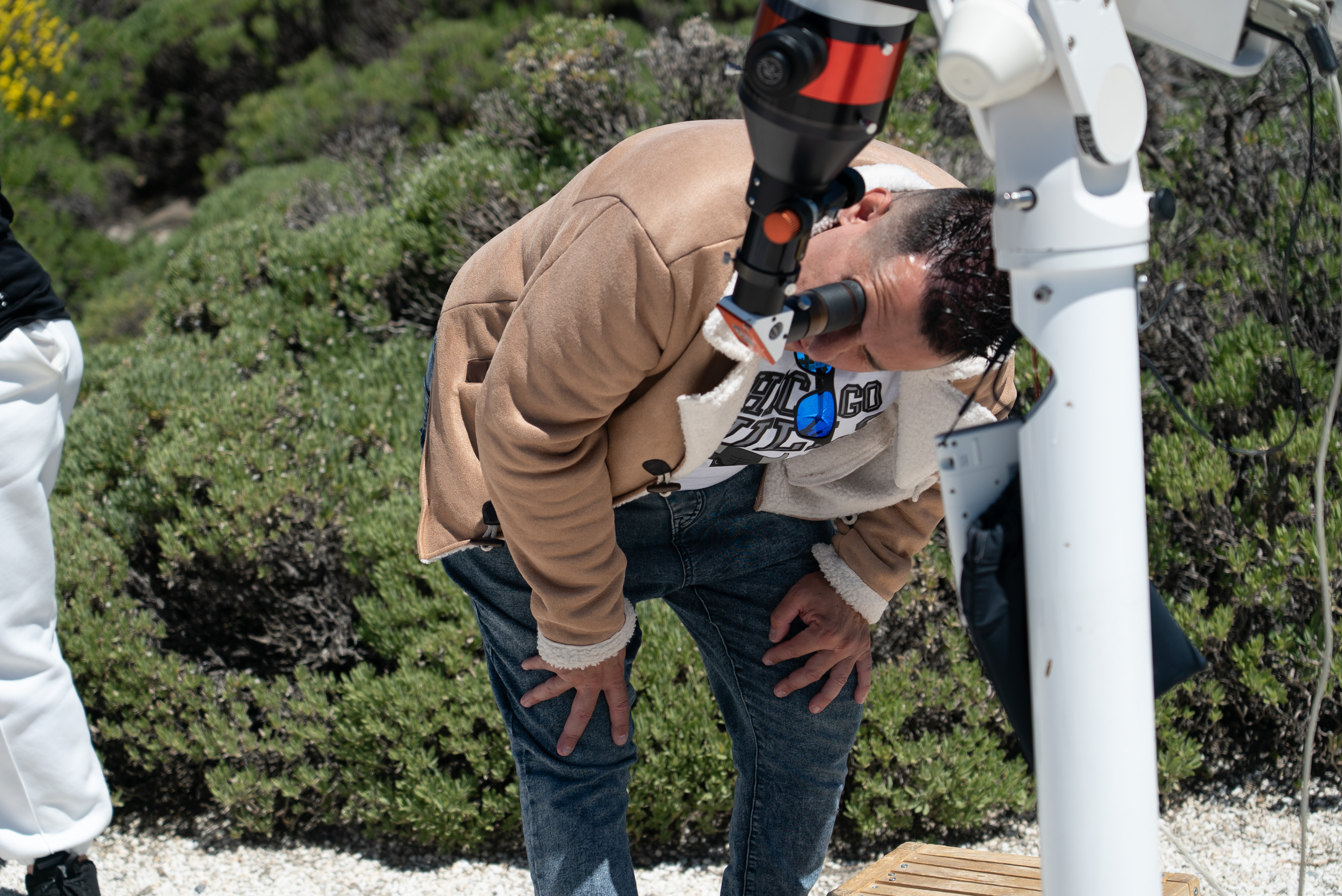
Science which transforms
The aim of the project is to offer an experience which is motivating, educational, and enriching for the prisoners, which contributes to their knowledge, and explores the connection between humanity and the outer world. “The experience was marvellous. The attention and passion with which they followed every explanation was exciting. As an example one of the prisoners commented to me 'I have two months of my sentence still to serve, and when I leave I want to come up here with muy family'. For me this shows the enormous and needed social value which scientific outreach can have” remarked Aguado.
The technical team at the prison also stressed the positive impact of the experience: ”Visiting the Teide Observatory has been a fascinating experience. Getting to know at first hand the scientific work carried out there, how all the telescopes work, and to see the sky from one of the best sites in the world for astronomical observation has been a real privilege. Above all we should thank the professionalism and the warmth of all the personnel who received us, how easy they made the visit, and how they shared all the knowledge they have in a didactic and easy manner."
The IAC constantly keeps its commitment to the universal access to knowledge, taking science to the whole of society and reinforcing the culture of its least favoured members.
